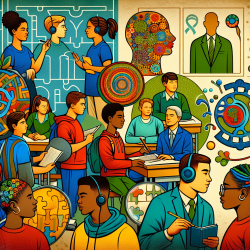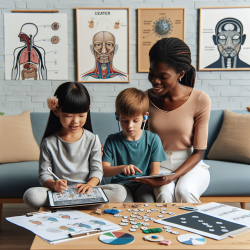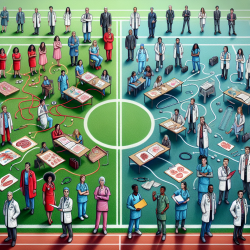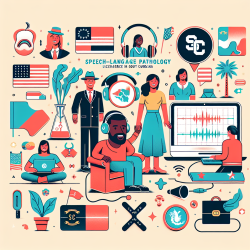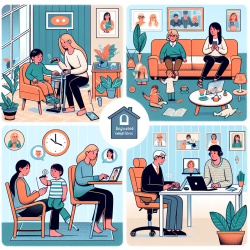Understanding Hereditary Sensory and Autonomic Neuropathies: A Guide for Practitioners
Hereditary Sensory and Autonomic Neuropathies (HSAN) are a group of rare genetic disorders that affect the sensory and autonomic nervous systems. These disorders are characterized by sensory dysfunction, such as altered pain and temperature perception, and varying degrees of autonomic dysfunction, including gastroesophageal reflux and excessive sweating. The types most commonly studied are HSAN II, III, and IV, each with distinct genetic causes and clinical presentations.
Key Insights from Recent Research
Recent studies have provided significant insights into the genetic and clinical characteristics of HSAN. For instance, HSAN III, also known as familial dysautonomia, is primarily found in individuals of Eastern European Jewish descent, with a carrier rate of 1 in 30. Genetic testing for HSAN III is commercially available, allowing for more precise diagnosis and management.
Understanding the genetic basis of these disorders is crucial for practitioners. HSAN II, III, and IV are caused by autosomal recessive genetic mutations affecting small fiber neurodevelopment. This knowledge helps in differentiating between the disorders and tailoring interventions to meet individual needs.
Improving Clinical Practice
Practitioners can leverage these insights to improve clinical outcomes for children with HSAN. Here are some practical steps:
- Genetic Testing: Encourage genetic testing for accurate diagnosis, especially for HSAN III, where tests are readily available.
- Comprehensive Assessment: Conduct thorough clinical assessments focusing on sensory and autonomic dysfunctions to differentiate between HSAN types.
- Personalized Interventions: Develop personalized care plans that address the specific needs of each child, considering their unique genetic and clinical profiles.
- Family Education: Educate families about the nature of the disorder, potential challenges, and management strategies to empower them in caring for their children.
Encouraging Further Research
While significant progress has been made in understanding HSAN, there is still much to learn. Practitioners are encouraged to engage in further research to uncover more about the genetic mechanisms and potential therapeutic interventions for these disorders. Collaboration with geneticists and researchers can lead to breakthroughs that enhance care for affected individuals.
To read the original research paper, please follow this link: Hereditary sensory and autonomic neuropathies: types II, III, and IV.



